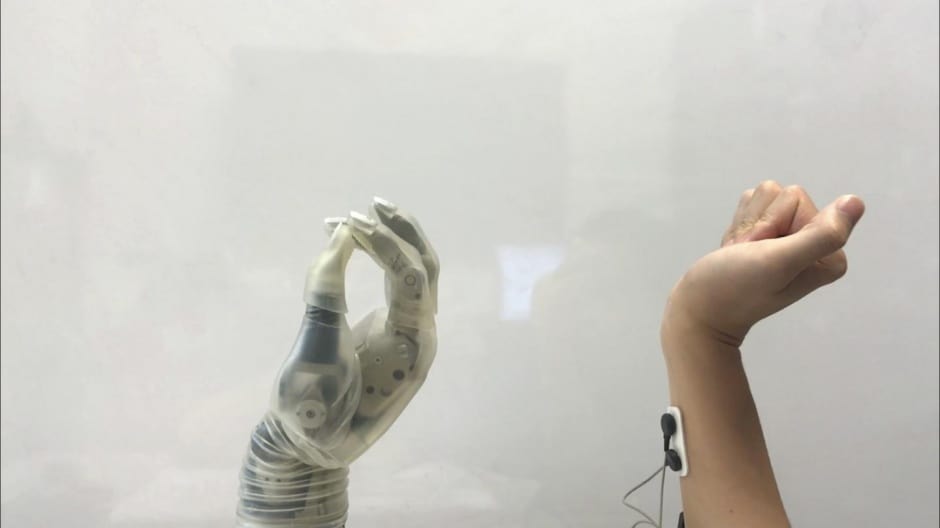Nerve signal-decoding technology could make prosthetic hands easier to use
US researchers claim to have cracked nerve code to make prosthetic hands more intuitive to control
The human hand is a fiendishly complicated mechanism whose control system is even more obscure. Engineers designing prosthetic hands have for centuries struggled to help the users move them in a natural way. The best technology until now has involved picking up electrical signals from muscles in an amputee's remaining stump and using those to control motors in the wrist, finger and thumb joints of the prosthetic. Although a major step forward from the primitive systems of unpowered hands, this is still not an ideal solution because users have to learn which muscle twitches to use, and the hand’s systems also have to be taught what the patterns of twitches are meant to mean.

Research from the joint biomedical engineering program at North Carolina State University and the University of North Carolina at Chapel Hill promises to make using a prosthetic hand a much more natural experience. Relying on computer models that mimic the behaviour of natural structures in the human forearm, the researchers, led by Prof He (Helen) Huang, a biomedical engineer, have developed a generic musculoskeletal model that takes the place of an amputee's missing muscles, joints and bones to generate control signals for the prosthetic.
Register now to continue reading
Thanks for visiting The Engineer. You’ve now reached your monthly limit of news stories. Register for free to unlock unlimited access to all of our news coverage, as well as premium content including opinion, in-depth features and special reports.
Benefits of registering
-
In-depth insights and coverage of key emerging trends
-
Unrestricted access to special reports throughout the year
-
Daily technology news delivered straight to your inbox










Water Sector Talent Exodus Could Cripple The Sector
Maybe if things are essential for the running of a country and we want to pay a fair price we should be running these utilities on a not for profit...